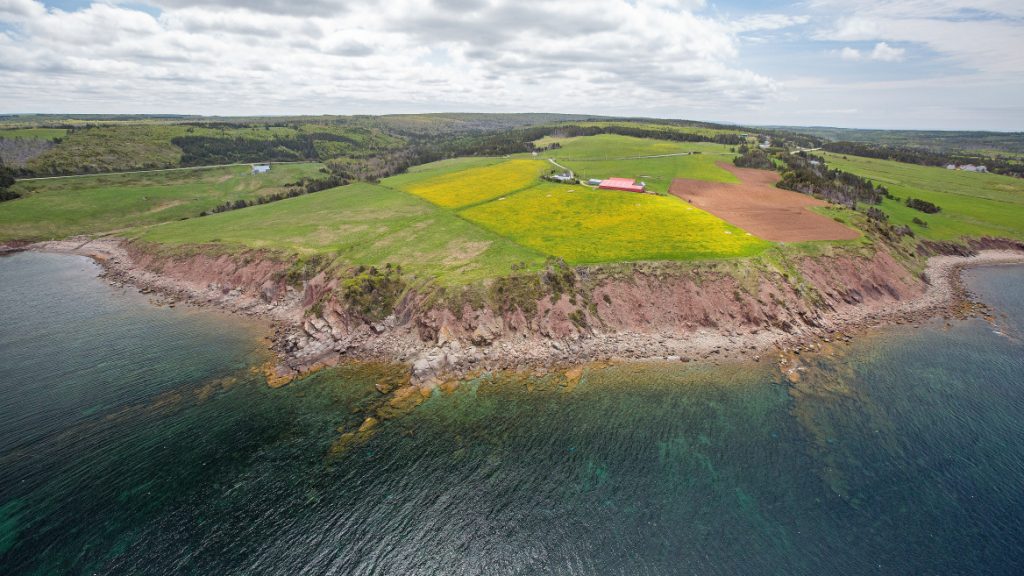Beware of blue-green algae on your summer adventures
Posted Jul 5, 2022 08:25:00 PM.
Blue-green algae can be harmful for humans, but they're often deadly for pets.
The naturally occurring cyanobacteria thrive in warm freshwater and can be found in lakes, ponds, rivers, and streams.
They tend to develop when a period of hot, dry weather is followed by a heavy rainfall.
“It's highly toxic,” said Bedford veterinarian Dr. Jeff Goodall, who runs the Sunnyview Animal Care Centre. “By the time your dog has contacted it, it's probably going to be pretty bad. You need to seek immediate care.”
“Simply licking the scum coat could be fatal.”
As of July 5, the province is reporting blue-green algae in several parts of HRM; Lake Micmac, Sandy Lake in Bedford, Stillwater Lake in Tantallon (near Stillwater Lane), Coon Pond in Upper Tantallon, the stream inlet into Bissett Lake (at Colby Drive) and between Shubenacadie-Grand Lake and Fish Lake. They have also popped up in other parts of Nova Scotia.
Goodall said the only way to prevent a potentially fatal situation for your dog is to keep them away from contaminated water, but that can be a challenge because the appearance can vary.
According to Nova Scotia's Department of Environment and Climate Change, the algae can be turquoise, green, brown, red, white or mixes of these colours.
“Blue-green algae blooms can look like fine grass clippings in the water, spilled paint or pea soup,” the department said on its website. “Sometimes they look like a thick scum on the surface.”
Along the shore, they can dry up and appear brown or grey.
Algae mats at the bottom of clear shallow areas look like clumps of vegetation and can appear black, brown or dark green in the water.
“They often smell musty or grassy when healthy and like ammonia when decomposing,” the department stated, adding animals can be attracted to that odour.
If a person comes in contact, it can result in itchy, irritated eyes and skin.
Swallowing or inhaling contaminated water can cause headaches, fever, diarrhea, abdominal pain, nausea and vomiting. Prolonged exposure can also damage the liver.
And since children are smaller and tend to spend more time in the water, they are at greater risk.
The province says blue-green algae is present:
- don't drink, swim, bathe, shower or brush your teeth with the water
- don't allow children, pets or livestock to drink or swim in the water
- if you come in contact with blue-green algae, wash yourself and any items that came in contact
- use alternative water sources for drinking, cooking, bathing, laundry and watering vegetables (contaminated water isn't safe even if it's boiled, filtered in a jug or pitcher or treated with bleach, herbicides, copper sulfate or other algicides)
- be careful with recreational water activities that generate spray (like boating) because the toxins can be inhaled
- be careful when eating fish caught in water where blue-green algae blooms occur (do not eat the liver, kidneys or other organs because the toxins can be stored there)
- if you get sick, seek medical attention
- if your pet ingests blue-green algae, contact a veterinarian immediately
Suspected contamination can be reported by calling 1-877-9ENVIRO (1-877-936-8476) or 311.








